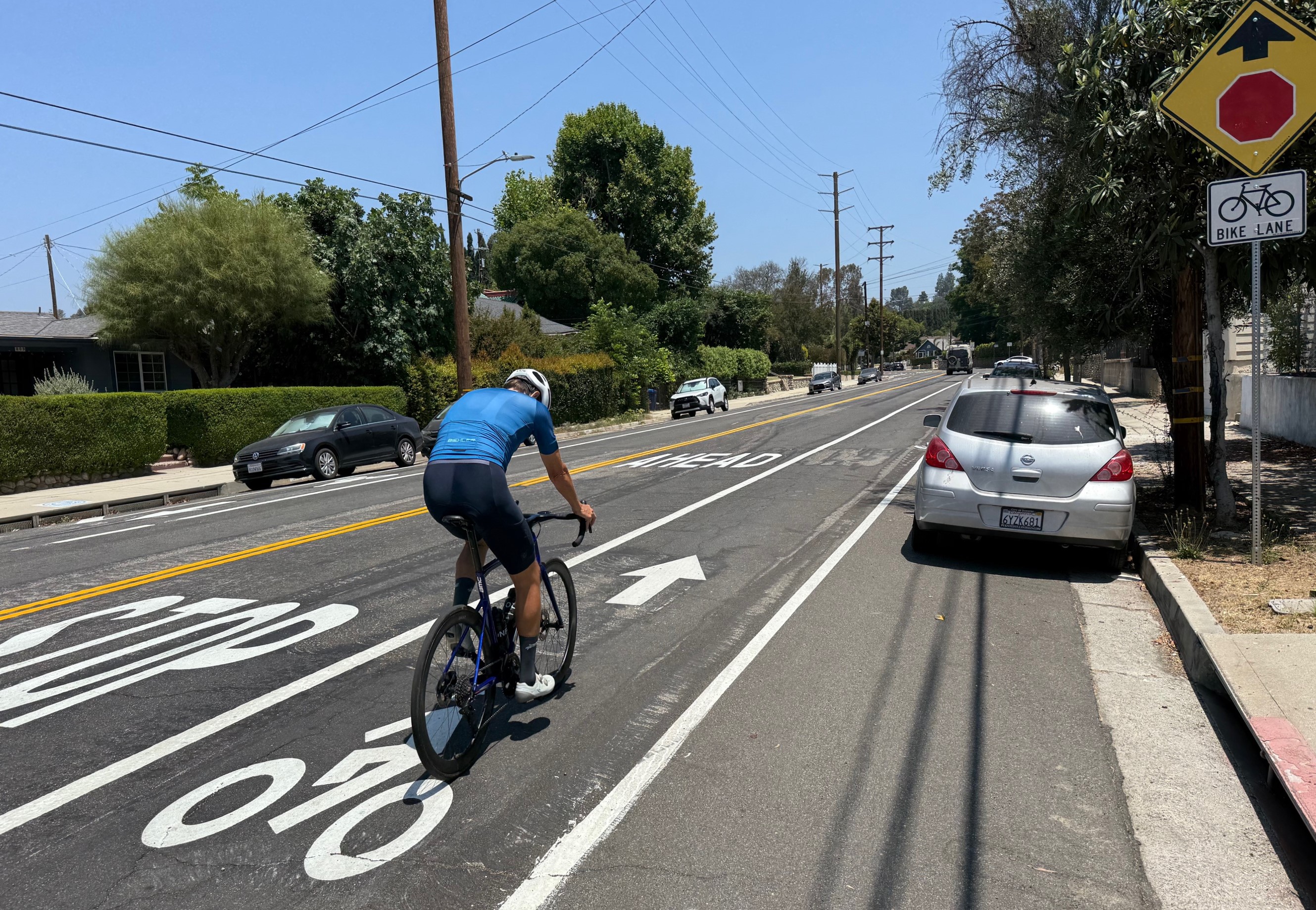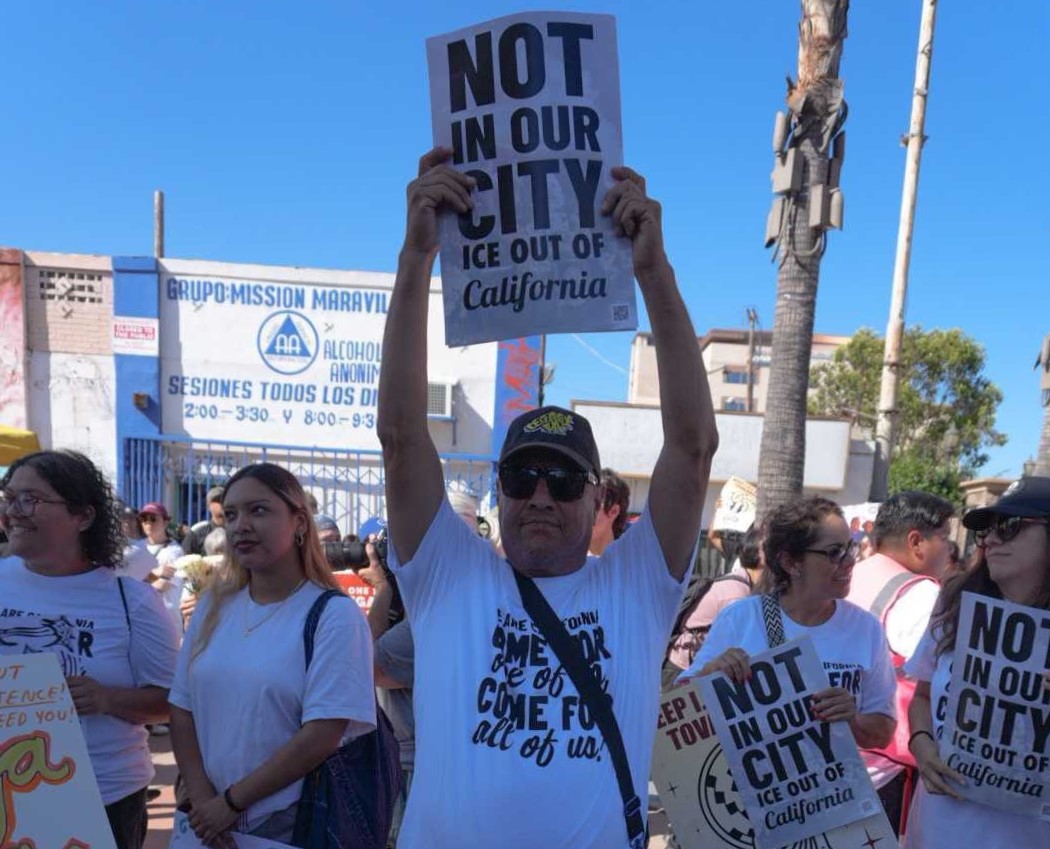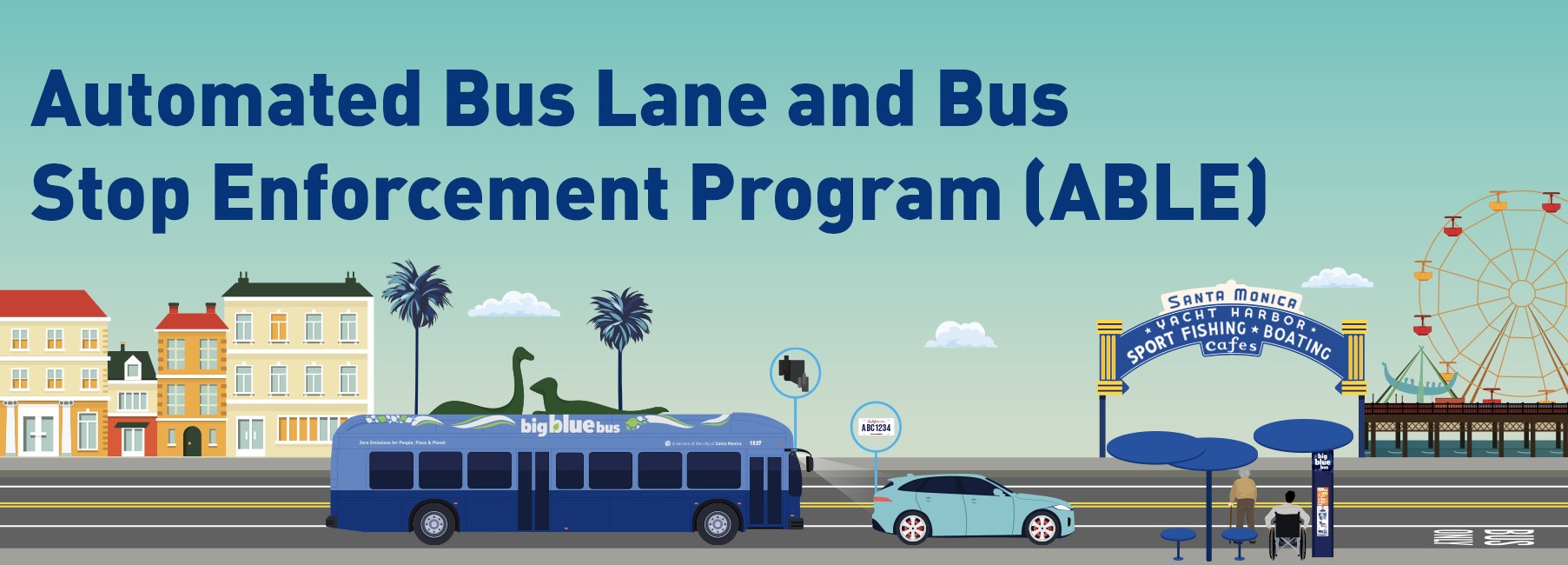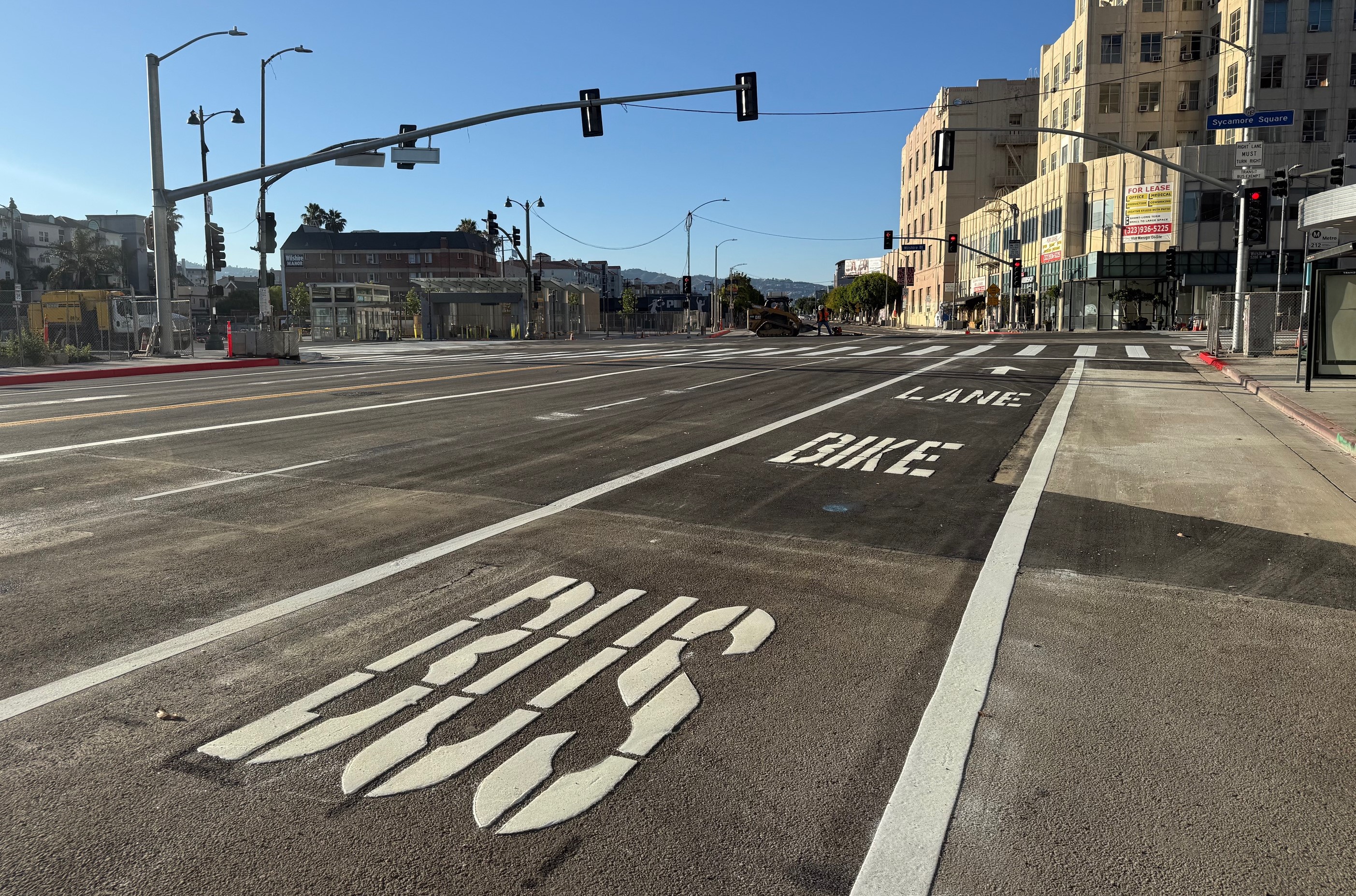 This week's StreetsWiki feature takes us to the Quartier Vauban in Freiburg, Germany. With an area of 84 acres, the Quartier Vauban is a neighborhood of 5,000 people, designed and built as a sustainable community between 1993 and 2006. Contributor Meg Saggese writes that the Vauban "represents the state of the art in environmental protection in terms of
This week's StreetsWiki feature takes us to the Quartier Vauban in Freiburg, Germany. With an area of 84 acres, the Quartier Vauban is a neighborhood of 5,000 people, designed and built as a sustainable community between 1993 and 2006. Contributor Meg Saggese writes that the Vauban "represents the state of the art in environmental protection in terms of
transportation, alternative energy production, and sustainable
construction techniques."
One of the key concepts developed through the Forum Vauban was thecreation of a car-free neighborhood. While cars are allowed in theVauban, their use and ownership is restricted. Streets are sharedspaces primarily designed for people, not cars. To date, 40 percent ofhouseholds have chosen to live car-free.
Transportation within the Vauban centers on its tramway. Another key component in making the Vauban car-free was the adoption of compatible parking policies, including a change in a state zoning law that at the time required builders to include a parking spot for each residential unit. After years of talks between Quartier Vauban planners and lawmakers, "the law was amended to permit Vauban residents to live car-free without the expense of building an unnecessary parking space." Parking is not permitted on private property in the Vauban, while on-street parking is limited to the main street; residents who own cars store them in garages on the outskirts of the neighborhood.
Might a certain American metropolis with a vast public transportation network and mostly car-free citizenry take a cue from this tiny European village on bridging the gap between transportation and planning?
If you have sustainable urban policy info to share on StreetsWiki, jump in by joining the Livable Streets Network.
Photo: aurelie83/Flickr






